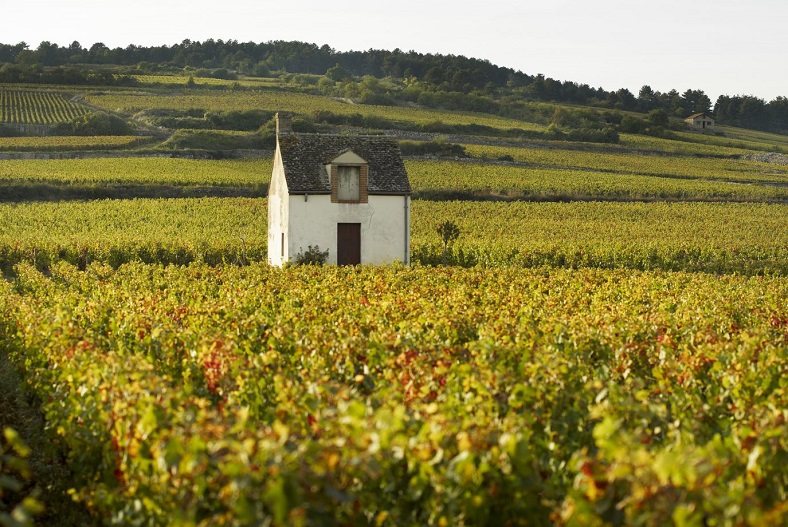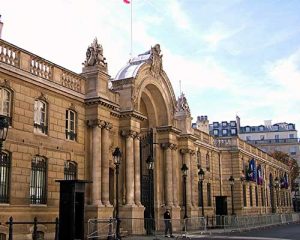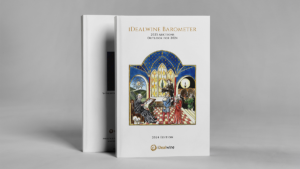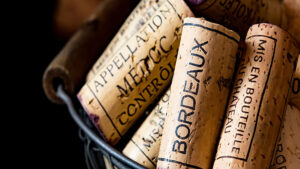
The most striking difference between Burgundy’s 2016 and 2017 vintages is not immediately in their quality, but in their respective quantities…2016 was a year of scarcity, producing 20% less than the regional average. 2017, on the other hand, was more generous, bringing an above-average yield. But how might this affect your choice between the two?
2016: a year of scarcity
Burgundy wine is rare, this we already know. Rare in terms of the surface area of its vineyards, the size of its climats and appellations…But when the weather conditions are less than favourable, volumes produced are, of course, even lower. This is why 2016 was seen as a year of scarcity across the whole region: bad frost in April was followed by periods of hale, and the summer turned out to be particularly dry. In Chablis, these cold snaps are not rare, hence why wine makers were already equipped with fire baskets to heat the vines. But it was a different story altogether for the Côte de Beaune and Côte de Nuits, where such conditions hadn’t been seen for years. This meant that the frost hit the vines before most of the area’s winemakers had time to react. Even seasoned growers would walk through the vineyards, looking sad and somewhat perplexed, declaring ‘We’ve never seen it like this!’. The BIVB (Bureau interprofessionnel des vins de Bourgogne) found this all rather alarming, stating that ‘weather conditions during the spring have significantly reduced the harvest, which will undoubtedly be one of the smallest of the last 20 years’.
Fortunately, the areas spared these conditions showed successful yields that benefitted from a clement summer, prompting Louis-Fabrice Latour (President of the BIVB) to add that ‘this is the miracle of Burgundy: the ability to make top-quality wine after a spring as disastrous as this was! Is it one of the best vintages? No. Is it nonetheless a fine vintage? It certainly is! What we do know is that it will be an expensive one…’. In total, Burgundy managed to produce 1.25 million hectolitres, a volume 20% lower than average. The quality is definitely there, homogenous. Mâcon produced some particularly fresh Pouilly-Fuissé. From the Côte Chalonnaise, the reds are nicely mature. From Chablis, there are some light and tender wines with notes of white-fleshed fruit. These wines have seen a hike in price due, of course, to lower quantities.
2017: a generous vintage
We won’t go as far as to say that 2017 was an exceptional year, as this is more the case for 2018, which saw 1.8 million hectolitres produced, well over the Burgundy average. Rather, we might say that 2017 was a generous year that allowed wine makers to fill the barrels they had ordered but not used during the previous year. Apart from a few exceptions, the weather conditions were good. Spring came early, leading some wine growers to harvest at the end of August. We should note that some areas, such as Chablis, some parts of the Mâcon, and the Côte de Beaune, experienced some frost and hale. This is becoming routine for the Chablis region, where veritable squadrons of wine makers and their families would get up at the crack of dawn to place fires among the vines, the goal being to create a cloud of smoke that would protect the frozen vines from the sun’s burning rays. In the end, the vintage attained an excellent level of quality. In Mâcon, the wines are savoury, offering a pleasant acidity. From the Côte Chalonnaise, the tannins are fat, almost sugary, with the whites giving off a certain freshness and the reds demonstrating exceptional profiles. The whites from the Côte de Beaune are delicious, and the Côte de Nuits reds have delighted is with their notably large yields. From Chablis, it is right that we call these fine cuvées, especially aromatic in character for the grands and premiers crus.
Take a further look at the 2016 and 2017 Burgundy vintages we’ve got for sale!



